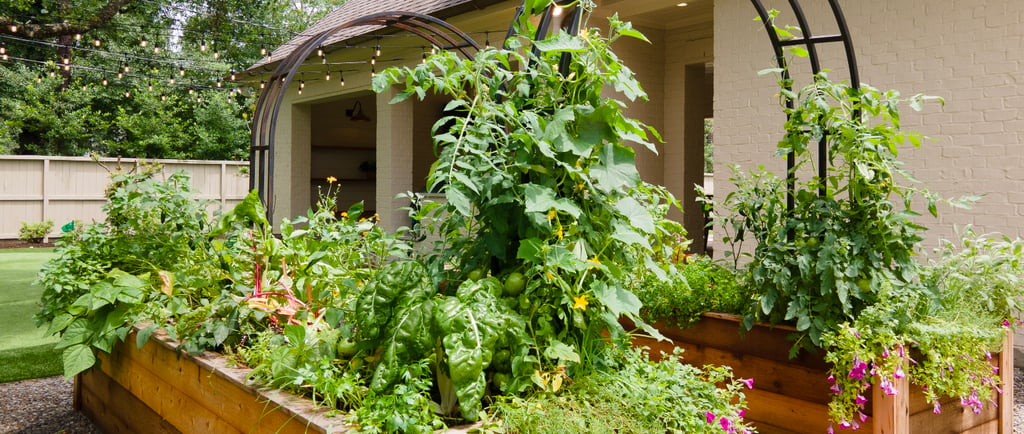Rethinking Pests: A Smarter Way to Plant for Healthier Gardens
Learn how interplanting and intensive planting can help you grow a healthier garden, naturally reduce pests, and boost productivity—plus see how to apply it in your own space.
7/1/20251 min read


Rethinking Pests: A Smarter Way to Plant for Healthier Gardens
If pests are making themselves a little too comfortable in your garden, it might be time to change your planting strategy—not your spray. Two techniques I swear by for reducing pests and boosting productivity are interplanting and intensive planting. These methods mimic how plants grow in nature: layered, diverse, and full of purpose.
🐛 A Natural Way to Manage Pests
Mixing herbs, vegetables, and flowers doesn’t just look beautiful—it sends confusing signals to pests that rely on scent and sight to locate their favorite snacks. This method breaks up the buffet and invites helpful insects like ladybugs, hoverflies, and pollinators to step in and help maintain balance.
In my own garden—and in many of my clients’—I've seen how a well-planned mix can make a garden more resilient and low-maintenance.
🌿 What Is Interplanting?
Interplanting is growing different types of plants together in the same bed to create a more balanced, productive mini-ecosystem. Think of it as companion planting, but with a more flexible, nature-inspired approach.
For example:
Basil under tomatoes
Carrots tucked next to thyme and lettuce
Calendula or nasturtiums weaved throughout
Each plant contributes something—whether it's deterring pests, attracting pollinators, or shading soil.
🌱 What Is Intensive Planting?
Instead of rows with lots of bare soil, intensive planting arranges crops so their mature leaves just touch. This approach:
Keeps soil cool and moist
Suppresses weeds
Increases your harvest in a small space
You’ll get more from your space without overcrowding, especially when you add vertical growing and succession planting into the mix.
🐝 The Extra Benefits
Pollinator-friendly: Flowers and herbs attract beneficial insects
Better soil health: Varied roots feed and aerate your soil
Microclimates: Plants like lettuce, basil, and thyme can thrive in the shade of taller tomatoes
Visual appeal: A layered, colorful garden is beautiful and productive
🌸 Some of My Go-To Plant Combos
Tomatoes + basil + calendula
Kale + onion chives + marigolds (great for aphids and cabbage pests)
Cucumbers + nasturtiums + dill (trap pests and bring in pollinators)
Peppers + thyme + alyssum (hoverflies love alyssum, thyme deters pests)
No need for perfection—just start mixing it up. Nature loves diversity, and your garden will too.


